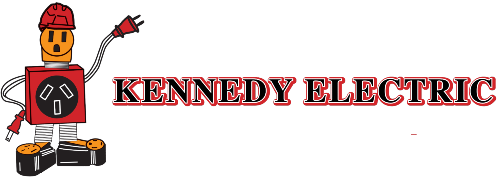Outdoor Lighting Electrical Planning
Homeowners can choose from multiple lighting fixture options.
Lighting is a vital aspect of the home’s exterior. It illuminates the outdoor living spaces to make them more functional and enjoyable, highlights the prominent landscaping elements, enhances home value, increases safety during the night, and protects the home against intruders. Homeowners can choose from multiple lighting fixture options like floodlights, path lights, up lights, deck lights, post lights, inground lights, and wall lights.
However, planning an outdoor lighting electrical installation is not simple and needs an expert electrical contractor to carry it out safely, efficiently, and within regulations. Home’s exteriors remain constantly exposed to elements like strong winds, rain, humidity, and heat. Therefore, always choose lighting that can endure these elements without posing any safety challenges. Here are a few essential aspects to keep in mind to ensure a successful installation:
Components of an outdoor lighting system
Transformer
A transformer is required to supply power to the lighting system. While installing, keep the transformer at a minimum distance of 12 inches from the ground. An electrician can decide the accurate location to install the transformer. While choosing the transformer, add the wattage of the bulbs and integrated fixtures to determine the total consumption wattage. Next, multiply the transformer’s wattage by 80 percent. Most manufacturers recommend keeping a buffer of at least 20 percent as maximum capacity. Always purchase a transformer with a greater wattage.
Fixtures
The transformer will power the light fixtures. Choose specific lighting fixtures to light up different outdoor areas. Incorporate various lighting fixtures to improve visibility, enjoyment, safety, and security. Correctly positioning these fixtures is essential to get the most out of them. Roughly mark the location of each fixture on the layout sketch. Keep proper distance between fixtures and between each fixture and the transformer.
Wire
Electricians use wiring methods like T-method, daisy chain, hub method, and combination method to power the fixtures through the transformer. Outdoor lighting installation may also require external sockets to withstand water splashes, dust, and other elements. Extra sockets also prevent using extension cords to power other electrical equipment.
Setting wire connections
Another aspect of outdoor electrical planning involves connecting the wire from the transformer to the fixture wires. Also, the electrician can use connectors to establish a safe connection.
Each lighting fixture is installed differently. The installation method for each fixture is mentioned in the box. Follow all the instructions carefully to avoid any issues and surprises after completing the electric installation.
Walk around the property to prepare a sketch to identify where lighting installation is required and mark the fixture placement based on the outdoor activities and safety requirements. Most low-voltage light installation does not require permits. However, a permit might be needed for an outdoor receptacle or fixture that uses 120v or 240v line voltage. Also, check with the local utilities before running underground cables to avoid damage to gas lines, telephone lines, and water pipes.
Get safe external lighting
Proper functioning and durability of the outdoor lighting project require taking into consideration a lot of essential factors. Hire an experienced and trained electrician to plan and execute the outdoor electrical project successfully.
Get top-quality EV charging station installation, outlet and switch installation, Home lighting, and under-cabinet lighting for residential and commercial property owners. We use quality parts and materials and stand behind our workmanship.


